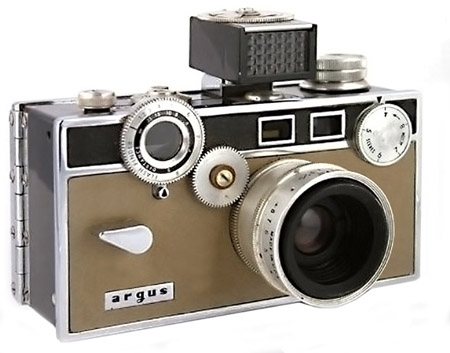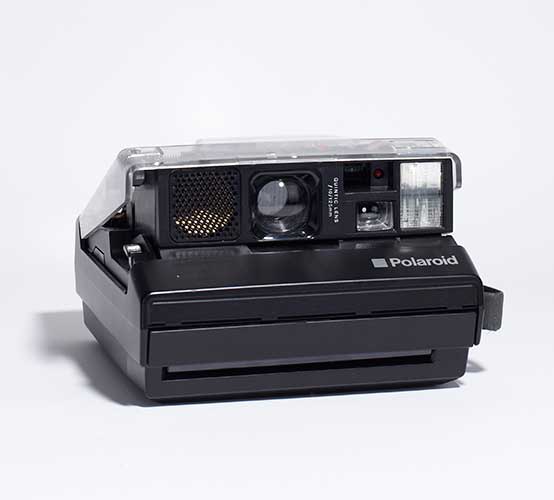The camera’s history can be traced back to the Middle Ages with the first pinhole camera. A physicist by the name of Alhazen discovered the idea of Camera Obscura, which led him to the creation of the first pinhole camera. Camera Obscura, in short, is reproducing an image with color and perspective preserved.

Photo: Wes Jones
In 1816, inventor Nicéphore Niépce began to experiment with photography, although at the time he called it heliography. Niépce used light to create an almost photographic image of nature from his office window. He experimented with different materials to print the image on, including bitumen and pewter. The process began by Niépce placing an engraving onto the material of his choice. He would then expose it to light which would react to different chemicals that were coated on the plate, this would then create an image. The process took around eight hours and would fade away depending on the material used. However, this image could be considered the first photographic image.
[ebaylistings]

Photo: Britannica
In 1839, Louis Daguerre, the former partner of Niépce, created a practical photographic process with a daguerreotype. This process consisted of Daguerre taking a silver plated sheet that was made of copper and coated with silver iodide. When exposed to light this material would produce an image; this development is the first of many to point us towards the invention of the camera.

Photo: Novacon
An amazing discovery by Richard Leach Maddox created the first gelatin dry plate. This invention created the first “instantaneous” picture which rendered tripods unnecessary. This invention began the birth of hand held cameras becasue large bulky cameras were no longer needed to produce an image.

Photo: The Camera Site
Then, in 1885, George Eastman began to produce and manufacture paper film. Later Eastman created the Kodak camera, which was similar the one pictured above. The box consisted of a fixed focus lens and one single shutter speed. The camera was equipped with enough film for 100 pictures and required Kodak to process the photographs and reload the film at the end of each roll. These cameras were priced surprisingly low and this invention was the beginning mass marketed photography.

Photo: Australian Photography
In 1913 Oskar Barnack began to research the possibility of inventing a smaller camera that anyone could use. The Leica camera began to be commercialized after World War 1, and they eventually developed second model called the Leica 1. Many of the camera manufacturers at the time followed this example and began to produce more compact cameras to sell to the public. Over the years, cameras began to shrink in size and become more sophisticated. In 1948, Polaroid came out with an unconventional camera for the time, which is commonly known as the first instant-picture camera. By the 1960’s, Polaroid cameras were considered the most popular cameras at the time.

Photo: Polaroid
The first digital camera was developed in 1988, but was never sold to the public. It wasn’t until 1991 that Kodak released the Kodak DCS, which was their first in a long line of digital cameras. The production and development of digital cameras has continued to increase over the years. Interestingly enough, despite the move from digital cameras to smartphone cameras, there has been a rise in popularity of Polaroid film cameras.

